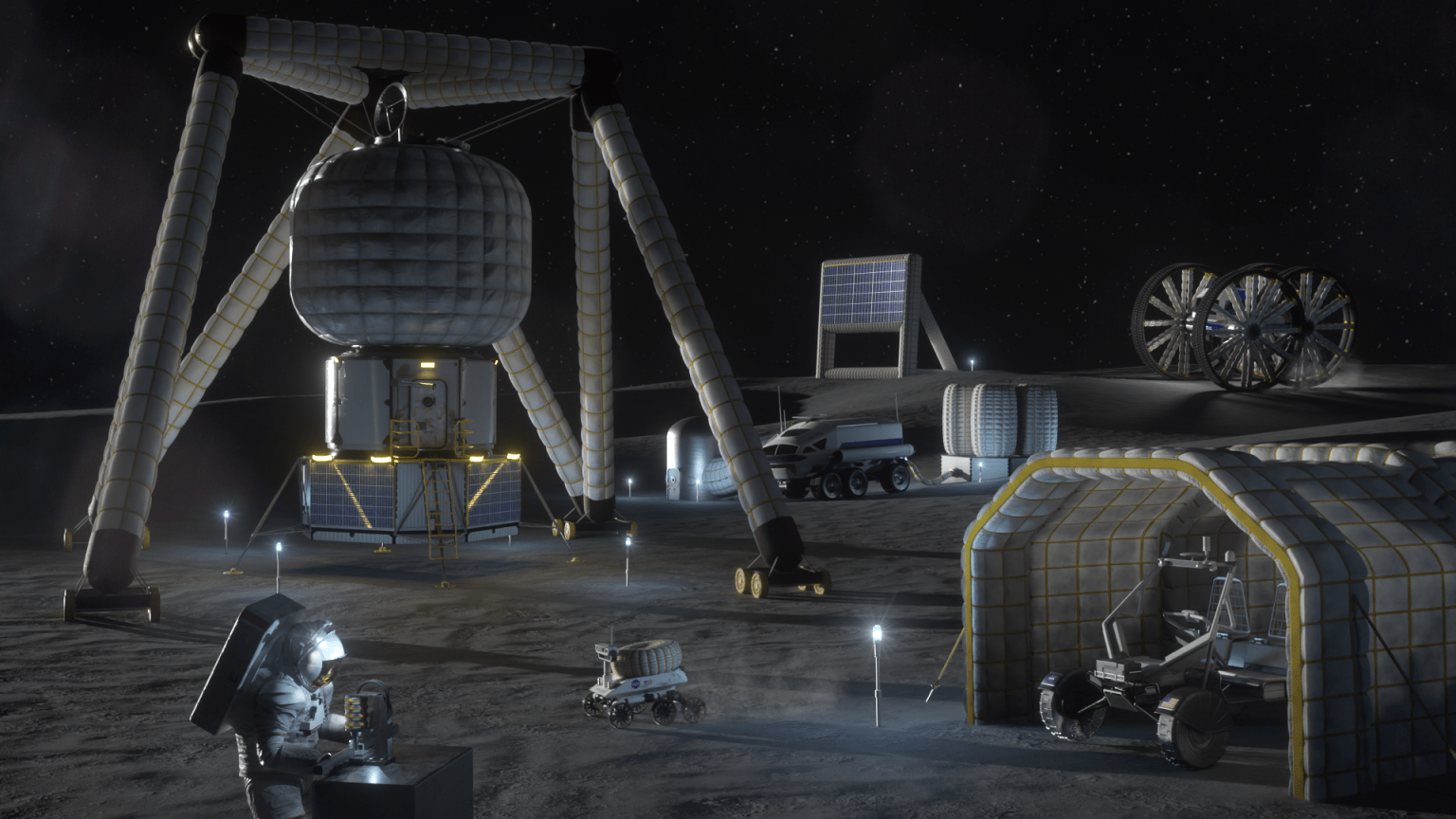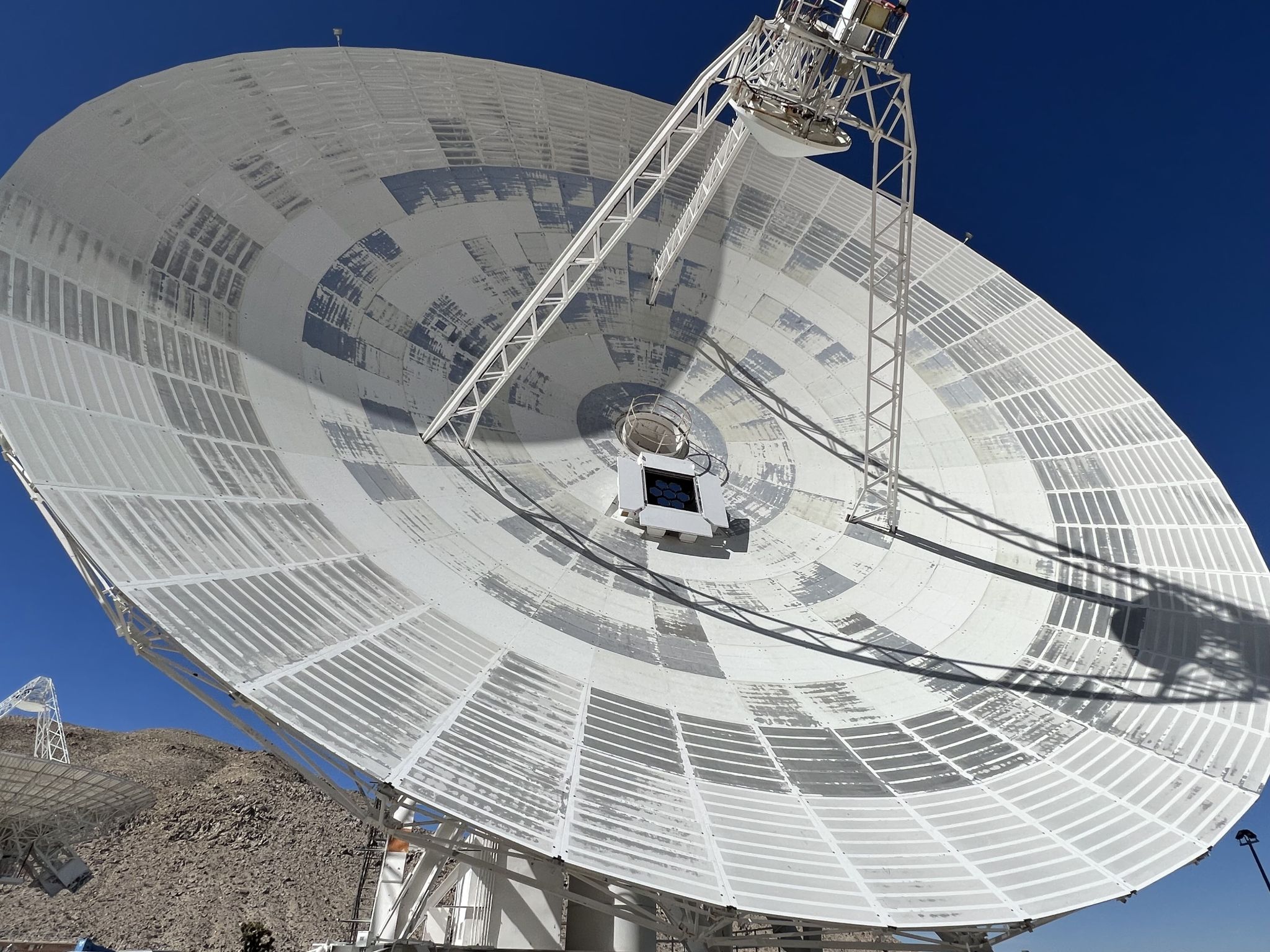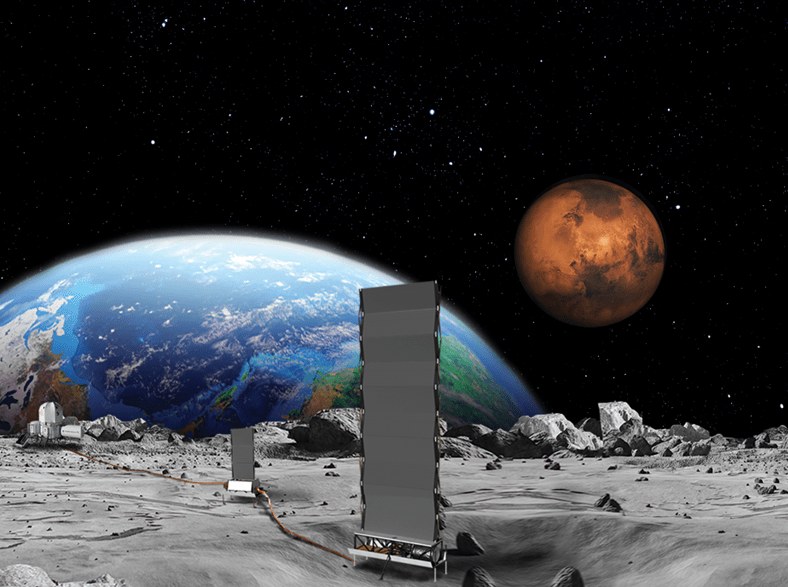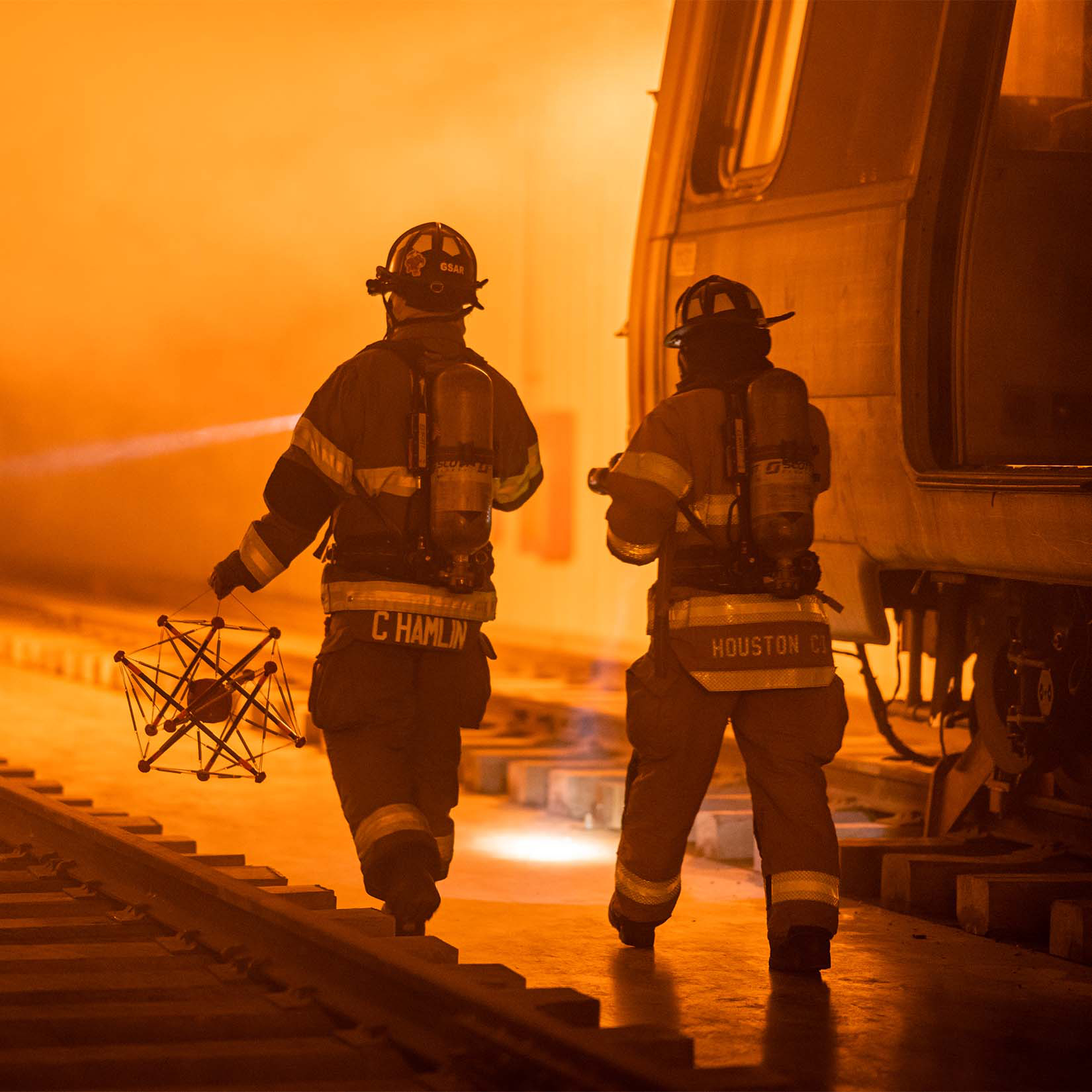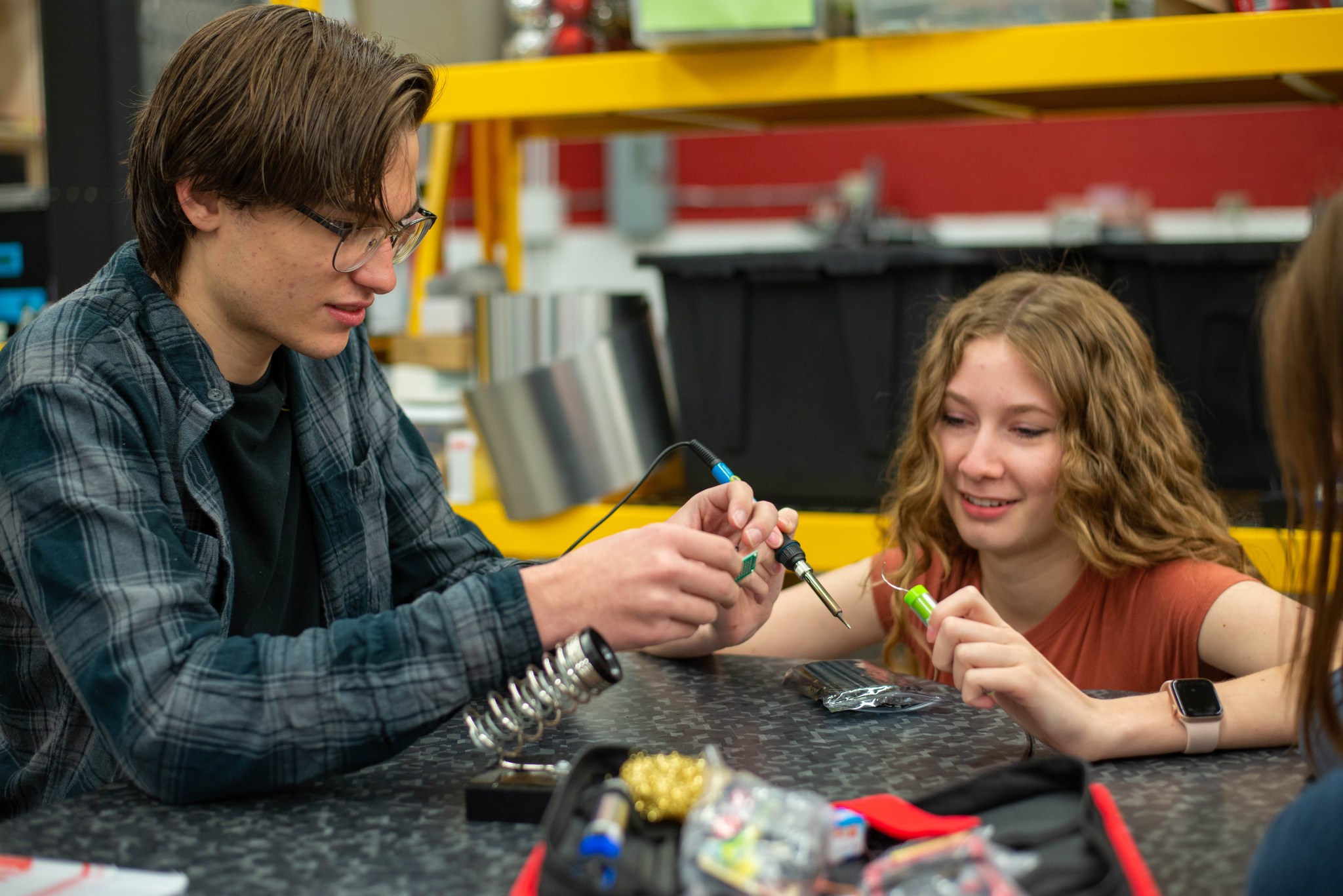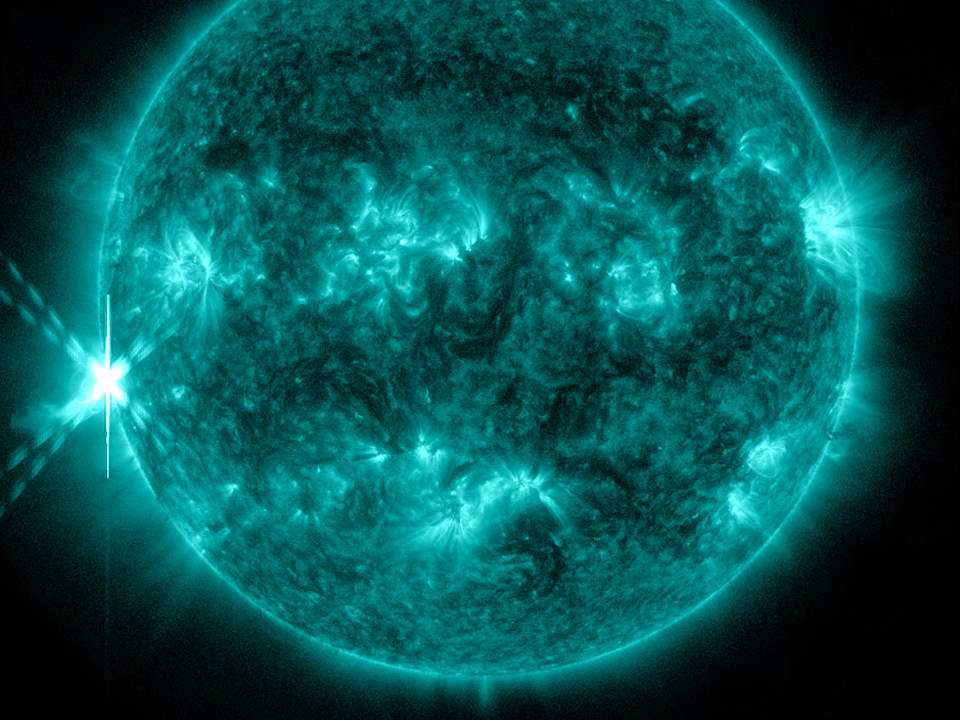3 Min Read Student Teams to Help Fill the Inflatable Void with Latest Student Challenge This year will be a “BIG” year for several college and university teams as they research, design, and demonstrate novel inflatable systems configured for future lunar operations through a NASA-sponsored engineering competition. NASA’s Breakthrough, Innovative and Game-Changing (BIG) Idea Challenge asked student innovators to propose novel inflatable component and system concepts that could benefit future Artemis missions to the Moon and beyond. The Inflatable Systems for Lunar Operations theme allowed teams to submit various…
Read MoreTag: Space Technology Mission Directorate
NASA Tech Tuesday: Seeing is Communicating
5 min read Preparations for Next Moonwalk Simulations Underway (and Underwater) When a physical condition limits mobility, getting around is easier with EyeGaze Edge. The eye-tracking technology integrates with the Ability Drive application used with motorized mobility devices, enabling hands-free control of a wheelchair’s motion. Credit: EyeGaze Inc. Communicating when a traumatic brain injury, stroke, or disease has made speech impossible can be daunting. Specialized eye-tracking technology uses eye movement to enable people living with disabilities to connect one-on-one, over the phone, or via the internet. Eye-tracking systems for computers…
Read MoreNASA’s New Experimental Antenna Tracks Deep Space Laser
5 min read Preparations for Next Moonwalk Simulations Underway (and Underwater) Deep Space Station 13 at NASA’s Goldstone complex in California – part of the agency’s Deep Space Network – is an experimental antenna that has been retrofitted with an optical terminal. In a first, this proof of concept received both radio frequency and laser signals from deep space at the same time. NASA/JPL-Caltech Capable of receiving both radio frequency and optical signals, the DSN’s hybrid antenna has tracked and decoded the downlink laser from DSOC, aboard NASA’s Psyche mission.…
Read MoreNASA’s Fission Surface Power Project Energizes Lunar Exploration
4 min read Preparations for Next Moonwalk Simulations Underway (and Underwater) A concept image of NASA’s Fission Surface Power Project. Credit: NASA NASA is wrapping up the initial phase of its Fission Surface Power Project, which focused on developing concept designs for a small, electricity-generating nuclear fission reactor that could be used during a future demonstration on the Moon and to inform future designs for Mars. NASA awarded three $5 million contracts in 2022, tasking each commercial partner with developing an initial design that included the reactor; its power conversion, heat…
Read MoreBioNutrients: A Five-Year Experiment in Space Nears Completion
Research scientists Sandra Vu, left, Natalie Ball, center, and Hiromi Kagawa, right, process BioNutrients production packs. NASA/Brandon Torres NASA’s bio-manufacturing experiment called BioNutrients is testing a way to use microorganisms to produce on-demand nutrients that will be critical for human health during future long-duration space missions. Launched to the International Space Station in 2019, the experiment assesses the stability and performance of a hand-held system – dubbed a production pack – to manufacture fresh vitamins and other nutrients in space over a five-year span. About once a year, scientists at NASA’s Ames…
Read MoreNASA Space Tech Spinoffs Benefit Earth Medicine, Moon to Mars Tools
Squishy Robotics’ Tensegrity Sensor Robots help first responders determine their approach to a disaster scene. Firefighters used the robots during a subway attack exercise at the 2021 Unmanned Tactical Application Conference to detect gas leaks and other hazards. Credits: FLYMOTION LLC As NASA innovates for the benefit of all, what the agency develops for exploration has the potential to evolve into other technologies with broader use here on Earth. Many of those examples are highlighted in NASA’s annual Spinoff book including dozens of NASA-enabled medical innovations, as well other advancements.…
Read MoreNASA Selects Winners of Third TechRise Student Challenge
4 min read Preparations for Next Moonwalk Simulations Underway (and Underwater) Pictured here from left to right, Zephyr Proffitt and Tayah Day of Red Mountain High School in Mesa, Arizona work on building their experiment during last year’s TechRise Student Challenge. Red Mountain High School NASA is announcing 60 winning teams for its third TechRise Student Challenge, a nationwide contest to engage students in technology, science, and space exploration. The student teams will work together to turn their proposed science and technology experiments into reality ahead of NASA-sponsored suborbital flight…
Read MoreNew Study Updates NASA on Space-Based Solar Power
3 min read Preparations for Next Moonwalk Simulations Underway (and Underwater) The sun emitted a significant solar flare, peaking at 2:14 p.m. EDT on Oct. 20, 2012 NASA’s Solar Dynamics Observatory (SDO) captured this image of an M9-class flare on Oct 20, 2012 at 2:14 p.m. EDT. Space-based solar power offers tantalizing possibilities for sustainable energy – in the future, orbital collection systems could harvest energy in space, and beam it wirelessly back to Earth. These systems could serve remote locations across the planet to supplement the terrestrial power transmission…
Read MoreFunding Future Tech: NASA Names 2024 Innovative Concept Studies
A collage of illustrations highlighting the novel concepts proposed by the 2024 NIAC Phase I awardees. Credit: clockwise, from upper right: Steven Benner, Beijia Zhang, Matthew McQuinn, Alvaro Romero-Calvo, Thomas M. Eubanks, Kenneth Carpenter, James Bickford, Alvaro Romero-Calvo, Peter Cabauy, Geoffrey Landis, Lynn Rothschild, and Ge-Cheng Zha. NASA NASA selected the 2024 Phase I awardees for its program to fund ideas that could innovate for the benefit of all and transform future agency missions. From proposals to explore low Earth orbit to the stars, the 13 concepts chosen stem from…
Read MoreNASA, Partners Continue to Advance Space Tech on Suborbital Flights
5 min read Preparations for Next Moonwalk Simulations Underway (and Underwater) New Shepard, Blue Origin’s reusable suborbital rocket, rising from the company’s Launch Site One in West Texas, on a previous flight in 2021. The vehicle returned to flight on Dec. 19, 2023, carrying payloads supported by NASA’s Flight Opportunities, enabling researchers to test disruptive solutions for space applications. Blue Origin Living and working in space requires getting ready a bit closer to Earth. Through a suborbital flight test on Dec. 19, 2023 with industry provider Blue Origin, NASA’s Flight…
Read More